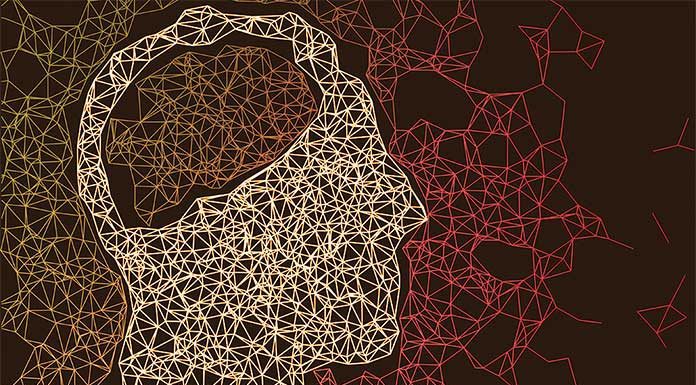The attention mechanism is used to remove the limitations of simple encoder-decoder models and increase the efficiency of machine learning models. Models with integrated attention mechanisms can be used, for example, for natural language processing or image recognition. Modern language models based on the Transformer architecture, such as GPT-3, use self-awareness mechanisms.
The attention mechanism was first described in detail in 2015. It is a technique to reduce the limitations of simple sequence-to-sequence and encoder-decoder models. With the help of attention mechanisms, the efficiency of machine learning models, such as those used for natural language processing or image recognition, is used. The instrument is based on the intuitive and unconscious processes of human perception. It ensures that certain parts of an input sequence receive special attention (attention) when creating the output sequence. Described in simple terms, the contextual meaning of the elements to be processed is better taken into account. Contextual dependencies can be modelled and included more independently of the distance to the input sequence.
A typical application area for the attention mechanism is the machine translation of texts. A translation model is enabled with the help of the attention mechanism to take the meaning of other words (e.g., at the end of a text) more into account for the translation of a particular word. Numerous neural language models based on Transformer architecture such as Megatron -Turing Natural Language Generation Model ( MT-NLG ), Google LaMDA, GPT-3or BERT use the attention mechanism and the so-called self-awareness. The principle of self-awareness was proposed by Google developers and implemented in the Transformer architecture. The Transformer architecture implements multiple layers of self-awareness.
The Attention Mechanism In Human Perception
The attention mechanism is based on unconscious and intuitive processes of human perception. He transforms these processes into a mathematical model that can be applied to machine learning models such as language models.
For example, when a person translates a sentence, they do not stubbornly proceed. Not every word has the same importance for the translation of the sentence and its correct meaning. The penalty is first to read thoroughly. Individual words or parts of sentences are given special attention. Humans pay increased attention to the words containing the sentence’s basic meaning, regardless of their position. For example, a word at the end of a sentence can only decide the correct meaning or translation of a word at the beginning of the sentence. The words and phrases read are unconsciously given a probability of the importance of the accurate translation and meaning of the complete sentence.
The situation is similar to visual perception. People do not pay equal attention to every part of an object or an image. They focus on specific areas that are considered essential. For example, if a person is recognized, the viewer focuses on a person’s face or other typical features. Certain parts of the body receive more attention.
Description Of The Initial Problem For The Development Of The Attention Mechanism
If simple sequence-to-sequence models (Seq2Seq models) are used for typical transformation tasks, such as natural languages processing applications such as machine translations or question-and-answer dialogs, this leads to some limitations. The models compress input sequences into a vector representation and use fixed-length context vectors. As a result, they have problems capturing different dependencies and importance for the meaning of individual words over more considerable distances in the text. The attention mechanism was designed to address this issue. It provides information about which parts of an input sequence should be given more consideration when passing the information.
The Attention Mechanism And The Transformer Model
The Transformer model makes extensive use of the attention mechanism. The model was first introduced by Google in 2017 and has revolutionised computational linguistics and NLP applications such as machine translation, speech recognition, and text generation. Many current language models, such as the Megatron-Turing Natural Language Generation Model (MT-NLG), Google LaMDA, GPT-3, or BERT, are based on the Transformer architecture. However, the Transformer model cannot only be used for natural language processing. In the recent past, it has also proven its effectiveness in some areas of image processing.
Transformer architecture is a deep learning architecture. Transformer architectures work more efficiently than long-short-term memory (LSTM) architectures and form the basis for pre-trained machine learning models. The Transformer architecture builds on the attention mechanism and achieves better sequence transformation results than recurrent models with less effort and less training time.
The Transformer model is a cascaded encoder and decoder with self-attention modules. Several layers of self-awareness are implemented. Using the attention mechanism, different parts of an input can be assigned other importance for transforming a sequence. Input data is processed more or less in the extended context of the environmental data. The context can span thousands of words for language models and is easily scalable.
Also Read: What Is Artificial Intelligence?

